(sapindus drummondii)
Named because of the lather the fruit gives off when mixed with water, western soapberry is a North American native and an excellent shade or ornamental tree to adorn your landscape. If you’re looking to add a little more green to the yard and want something drought tolerant, then this tree may be the tree for you. Below are a few attributes that make the western soapberry stand out.
Environmental conditions
- This tree grows well in a variety of soils with dryer climates in the South and Southwest (hardiness zones 6-9). It prefers full sun and partial shade, meaning a minimum of 4 hours of direct, unfiltered sunlight each day would suffice.
- Tolerates wind, drought, compacted soil and infertile soil
- Transplants easily and establishes with minimal irrigation
Physical traits
- The western soapberry will grow two feet a year and reach 25-50 feet in height with an equal spread
- Blooms May to June with loose panicles of yellowish-white flowers
- Produces orange fruits that resemble cherries and lather when mixed with water. Fun fact: Native Americans used the berry-like drupes as a soap substitute.
- The western soapberry is a favorite of butterflies in early summer
If you’re looking for something unique to add to your landscape then the western soapberry may be a good choice. It requires little care and offers great shade from the summer heat. Check out Inviting all butterflies! Create an oasis designed for them! If you’re looking to attract more butterflies to your garden.
Do you have a western soapberry? Share a picture below.

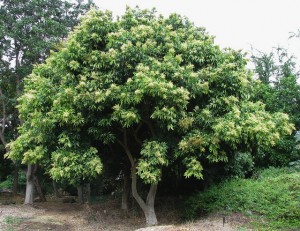
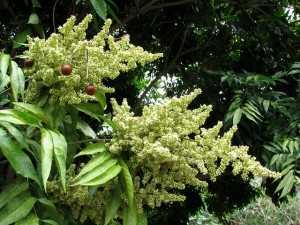
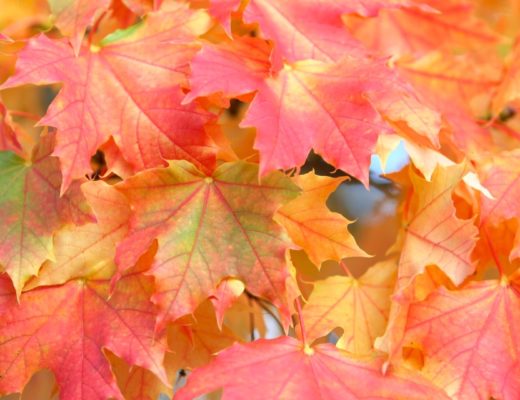
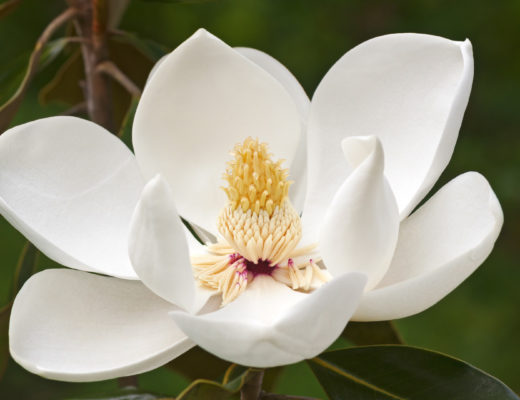
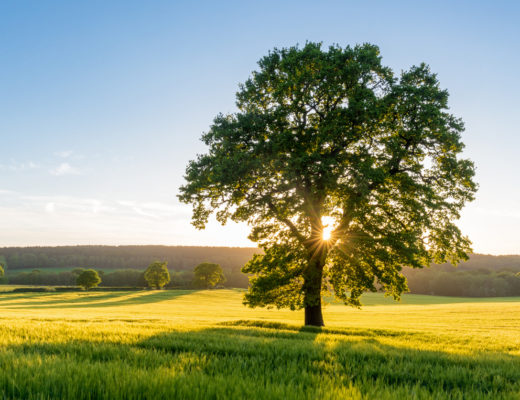
Very nice article. I’m looking for a supplier. Do you have any suggestions?
Hi Corlia, we always suggest looking local first.